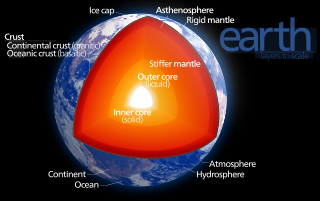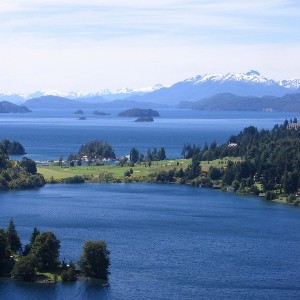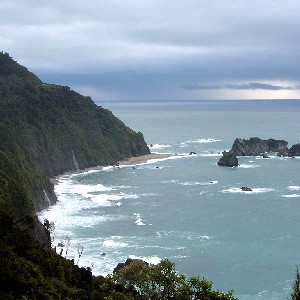Our dynamic planet Earth
Dec 2016
Home ›
Our Planet Earth
Our planet Earth is highly dynamic and is continuously evolving and changing. Our Earth is unique as it is the only planet in the solar system known to harbor life. Some of the important well known facts about this dynamic celestial body are:
- Our dynamic Earth is the third planet from the Sun.
- It is the densest planet in the solar system.
- Of the eight planets of our solar system it is the fifth largest.
- Based on the evidence from radiometric age dating of meteorite material, its age is calculated to be 4.54 ± 0.05 billion years.
- About one billion years ago life had appeared on the planet.
- In relation to its orbital plane, its axis of rotation is tilted by 23.4 degrees causing the four annual seasons.
- The rotation of Earth on its axis creates 365 solar days.
- Moon is the only natural satellite of our planet.
- Moon is in a synchronous rotation on its axis, always showing the same face.
- Ocean tides are formed as the result of gravitational interaction between Earth and Moon.
- The gravitational pull of Moon is gradually slowing down its rotation.

Image source: http://en.wikipedia.org/wiki/File:Earth_poster.svg
Auther: Kelvinsong | License: CC BY-SA 3.0
Auther: Kelvinsong | License: CC BY-SA 3.0
- It is an oblate spheroid in shape having polar axis shorter than the diameter at the equatorial plane.
- This planet has three dynamic physical zones namely, lithosphere, hydrosphere, and atmosphere.
- The lithosphere includes the crust and the uppermost mantle and is very dynamic and broken into tectonic plates.
- The hydrosphere is the combined mass of water found on, under, and over the surface of the planet.
- Oceans cover nearly 71% of its surface.
- Atmosphere is the layer of gases surrounding the Earth. Atmosphere is retained around it from escaping into space by its gravitational pull.
- Atmosphere is highly dynamic and protects the Earth from ultraviolet solar radiation; it also regulates the temperature variation.
- The inner structure of the Earth can be divided into five layers.
- The outermost layer is the solid crest ( 5 to 75 km thick).
- Below the crest is the mantle a highly viscous layer.
- Immediately below the crest is the upper mantle which is 35 to 660 km thick.
- The lower mantle is 660 to 2890 km thick.
- Below the lower mantle is the liquid outer core of 2890 to 5150 km thickness.
- The outer core generates the magnetic field.
- The inner core is solid and is largely composed of iron (80%) and nickel; its diameter varies between 5,150 to 6,360 km.
- The biosphere is the total sum of living organisms on the planet.
- The biosphere, apart from itself being dynamic, is also modulated by the elements of the lithosphere, hydrosphere, and atmosphere.
- As mentioned earlier, ours is the only known celestial body to harbor life.
The dynamic nature
By Mahmood Syed Faheem

Source: http://en.wikipedia.org/wiki/ File:Bariloche-_Argentina2.jpg
Attribution: Chipppy | License: CC BY-SA 3.0
Attribution: Chipppy | License: CC BY-SA 3.0

Image source: wikipedia.org/wiki/File: Knight%27s_Point,_West_Coast.jpg
Image attribution: Swollib |License:CC BY-SA 3.0
Image attribution: Swollib |License:CC BY-SA 3.0
Advertisement